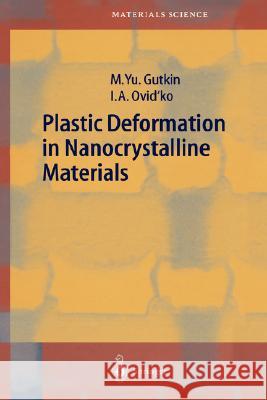Plastic Deformation in Nanocrystalline Materials » książka
Plastic Deformation in Nanocrystalline Materials
ISBN-13: 9783540209935 / Angielski / Twarda / 2004 / 194 str.
It seems there is no special need to comment on the term 'nanostructure' now, when one often meets the 'nano' words not only in scientific journals but even in newspapers. Moreover, today they are even to be heard in TV and radio programmes. In academic science, where the terms 'nanostructure' and 'nan- otechnology' have been extremely popular since the early 1990s, they have been successfully extended to the sphere of economics and business, and now to politics. This is quite natural because nanostructures and nanotechnolo- gies will surely serve as a basis for the most advanced and highest technology production in the nearest and probably also the remote future. Hence, the struggle to create and occupy its markets is already under way. In this respect, it is of great interest to review data on the dynamics of U. S. Federal Goverment expenditure for nanotechnology 1,2]. In the fiscal years 1997 and 2002, expenditure was approximately US$116 and US$ 697 million, respectively. In the fiscal year 2004, the President's request for US federal in- vestment in nanoscale science, engineering and technology is about US$ 849 million 2]. The indicative budget allocated to the Thematic Priority enti- tled 'Nanotechnologies and nanosciences, knowledge-based multifunctional materials and new production processes and devices' for the duration 2002- 2006 of the sixth EU Framework Programme for Research and Technological Development is EUR 1300 million 3].











